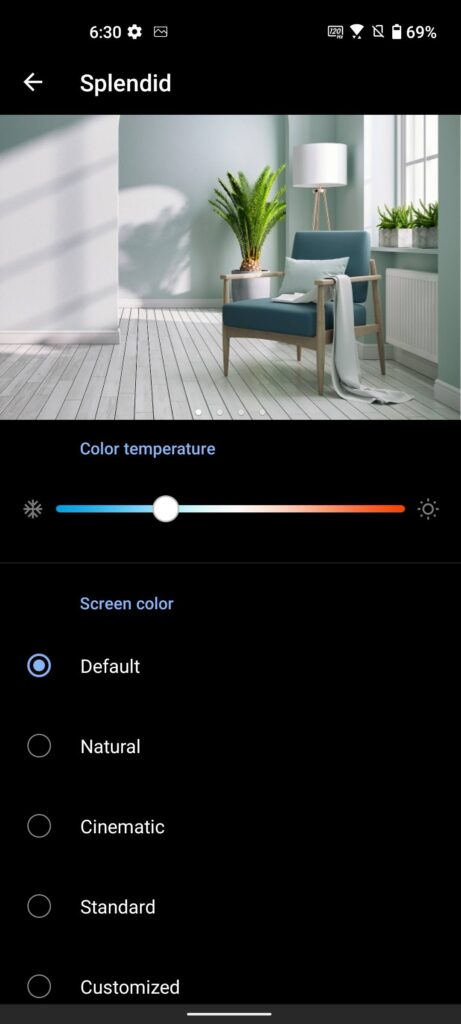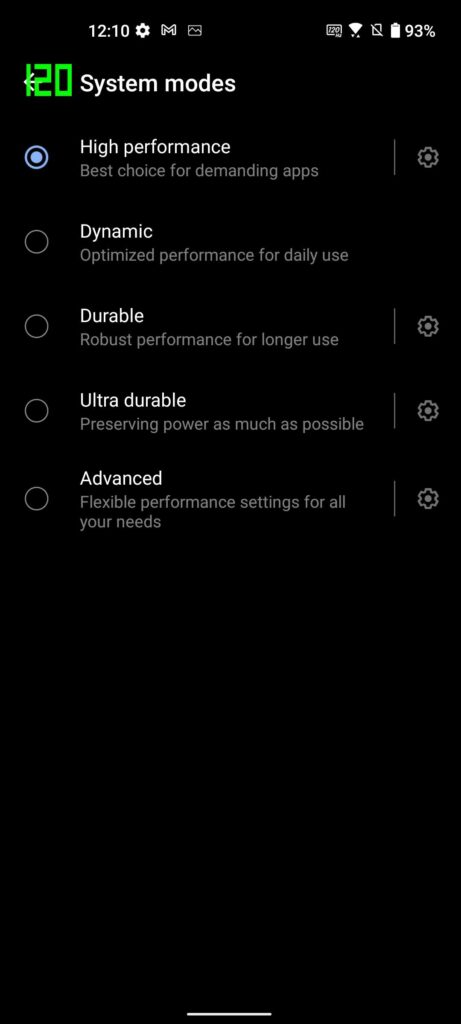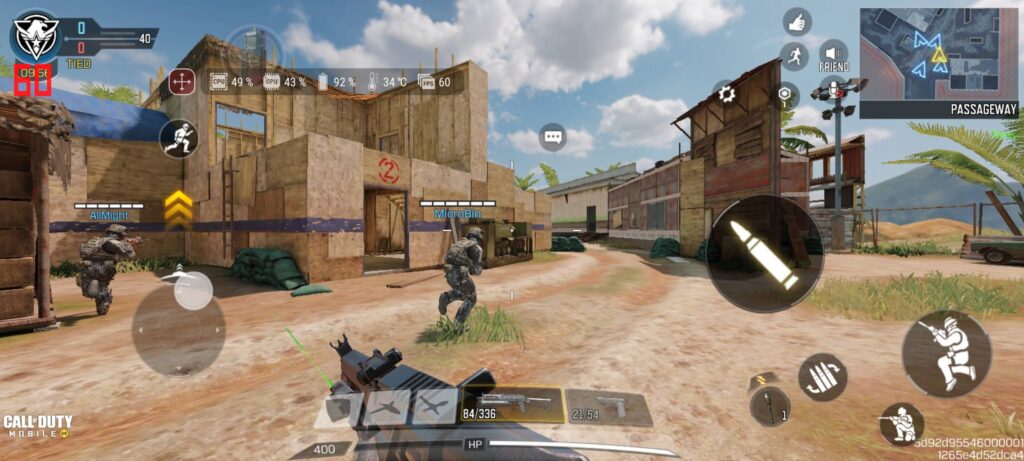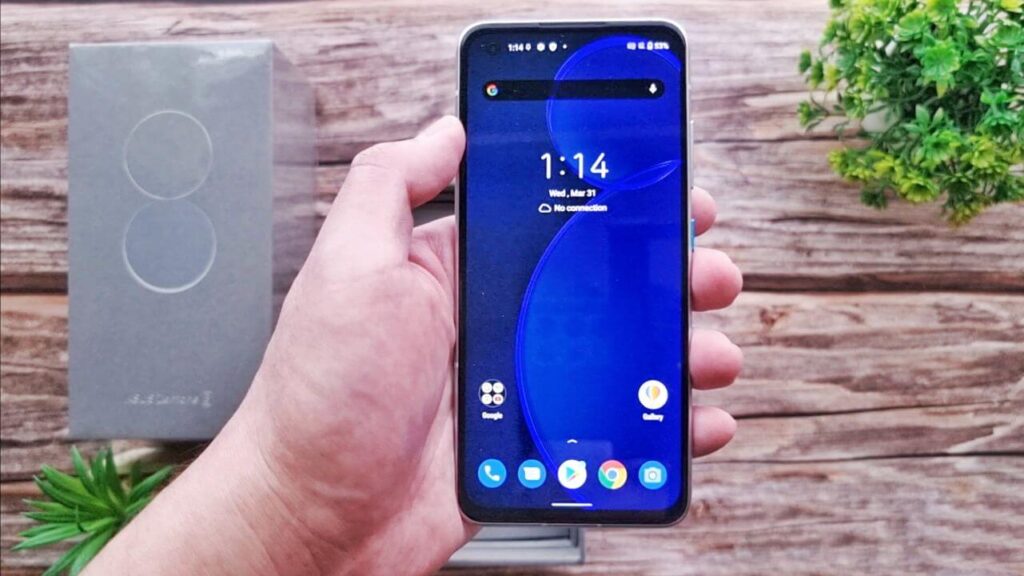
ASUS Zenfone 8 Review – Mighty Mini Flagship Phone Tested
Previously we unboxed and took a quick look at the build and design of the ASUS Zenfone 8 that has just been launched in Malaysia This time around, in our ASUS Zenfone 8 review, we put it through its paces and find out how it fares when put to the test.
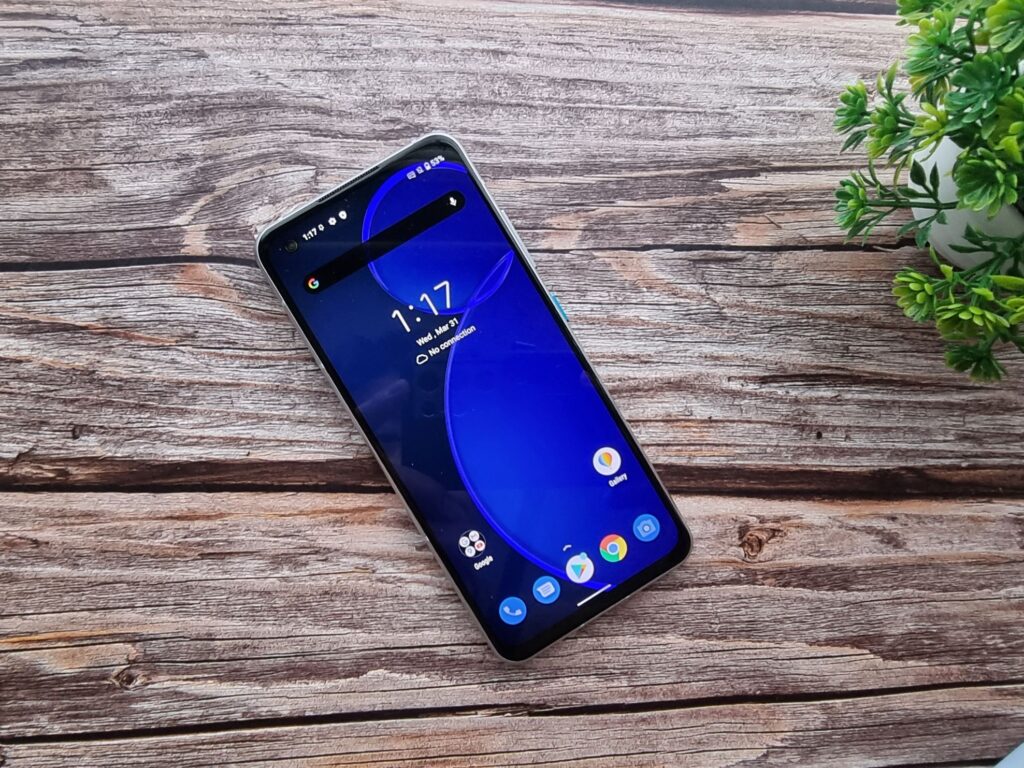
ASUS Zenfone 8 and Zenfone 8 Flip Difference in Malaysia
For the uninitiated, the ASUS Zenfone 8 is the brand’s latest smartphone and launched today in Malaysia alongside its sibling, the Zenfone 8 Flip. Unlike other smartphones of recent vintage that attempt to maximise screen size, the Zenfone 8 instead adopts a slightly different approach by ensuring a compact one-handed form factor capable of being used one-handed while offering the best hardware currently possible.
The ASUS Zenfone 8 Flip is a different design that has a slightly larger display and which eschews a front facing camera by using a flip-up mechanism – hence the name – that allows it to use the rear cameras as selfie cameras in a pinch.

ASUS ZEnfone 8 review unit comes with a bundled casing with a textured finish
Both the Zenfone 8 and Zenfone 8 Flip have mostly similar camera setups with a 64MP main camera with OIS and a secondary 12MP ultra wide camera save that the Zenfone 8 Flip has an additional 8MP camera with 3x optical zoom.
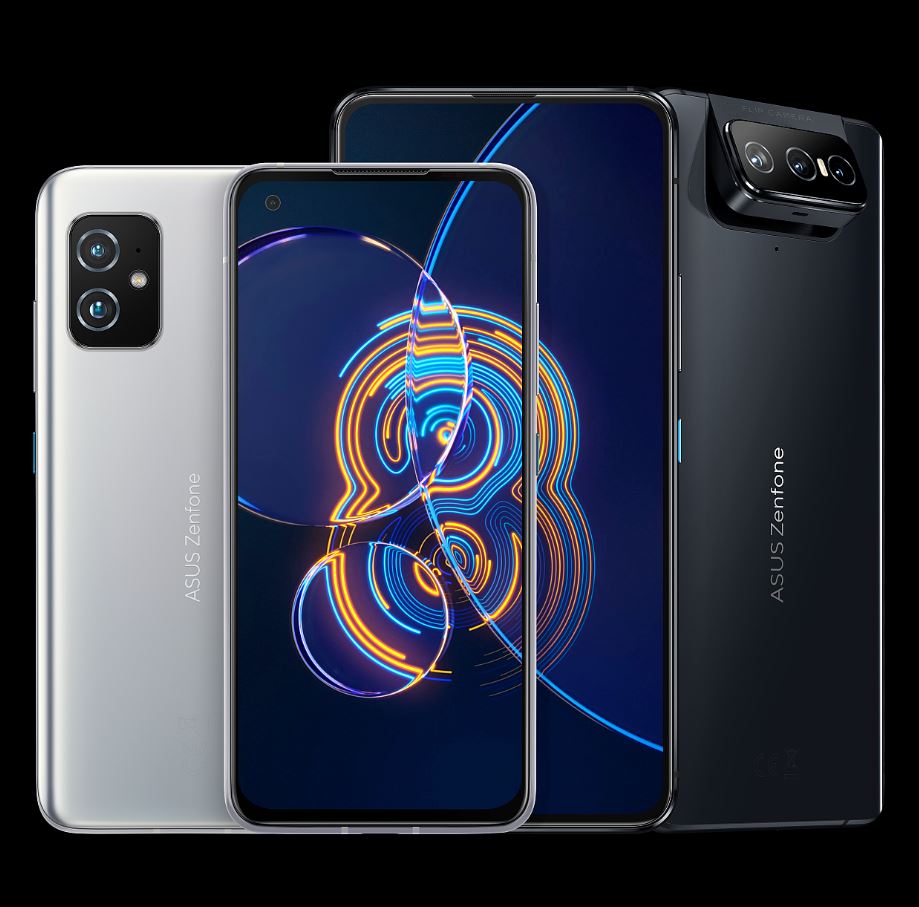
While both phones can come with up to 16GB LPDDR5 RAM and up to 256GB of UFS 3.1 storage depending on region, Malaysia will be featuring two storage variants of the ASUS Zenfone 8, one version with 8GB RAM and 128GB for RM2,699 and the top of the line version with 16GB RAM and 256GB storage for RM3,299. For the Zenfone 8 Flip, you’re getting only one variant with 8GB RAM and 256GB of storage for RM2,999.
ASUS Zenfone 8 Review – Performance and Benchmarks
Table of Contents
The ASUS Zenfone 8 comes with specifications that easily allow it to go toe to toe with the best flagships in the market. You’re getting a Qualcomm Snapdragon 888 processor, the same chip that powers the Xiaomi Mi 11 Ultra and the OPPO Find X3 Pro powering the phone.
In the case of our ASUS Zenfone 8 review unit which is the top of the line variant, you’re getting 16GB LPDDR5 RAM and 256GB UFS 3.1 of storage. There’s no microSD card slot on the phone but with 256GB you have plenty to work with. You also get WiFi 6E and 5G connectivity which future proofs the phone when the latter eventually rolls around.
Here’s a recap of the specifications:
| Display | 5.9″ Samsung AMOLED display 20:9 aspect ratio, 2400 x 1080 FHD+ 120 Hz refresh rate, 1 ms response time, 240 Hz touch sampling rate, 1100 nits peak brightness 112% DCI-P3 color gamut, Delta E<1 color accuracy, 1,000,000 : 1 contrast ratio, Corning® Gorilla® Glass Victus™ |
| Processor | 2.84 GHz Qualcomm® Snapdragon™ 888 5G Mobile Platform with 5 nm, 64-bit Octa-Core Processor w/ Qualcomm Adreno 660 GPU |
| Memory | 8GB LPDDR5 RAM/128GB UFS 3.1 storage (RM2,699) | 16GB LPDDR5 RAM/ 256GB UFS 3.1 storage (RM3,299) |
| Connectivity | Integrated WiFi 6E (802.11a/b/g/n/ac/ax, 2×2 MIMO), tri-band 2.4 GHz / 5 GHz / 6 GHz WiFi, Bluetooth® 5.2 (EDR + A2DP), supports Qualcomm® aptX™, aptX™ HD, aptX™ Adaptive, Wi-Fi Direct, NFC |
| Camera | Main camera: Sony® flagship IMX686 64 MP image sensor – 1/1.7″ large sensor size, 0.8 µm pixel size Quad Bayer technology – 16 MP, 1.6 µm large effective pixel size F1.8 aperture 26.6 mm equivalent focal length in 35 mm film camera 6p lens 78.3° field of view2x1 On-chip-lens phase detection autofocus 4-axis, optical image stabilization LED flash Instant cameras switchingUltrawide camera: Sony® flagship IMX363 12 MP dual pixel image sensor – 1/2.55″ sensor size, 1.4 µm pixel size F2.2 aperture Dual PD autofocus Real-time distortion correction 14.3 mm equivalent focal length in 35 mm film camera Supports 4 cm Macro shotFront camera: Sony® flagship IMX663 12 MP dual pixel image sensor -1/2.93″sensor size, 1.22µm pixel size Dual PD autofocus 76.5 degree FOV Front camera modes: Photo, Portrait |
| SIM cards | Dual slots: 5G*+ 4G or 4G dual-SIM / dual-standby Slot 1: 2G/3G/4G/5G Nano SIM Card Slot 2: 2G/3G/4G/5G Nano SIM Card |
| OS | Android™ 11 with ZenUI 8 |
| Battery | 4000 mAh (typical) high-capacity battery, supports Quick Charge 4.0 and PD Charging |
| Size/Weight | 148 x 68.5 x 8.9 mm / 169g |
The phone also runs the latest Android 11 with their own ZenUI 8 user interface which has fairly minimal bloatware.
Under High Performance mode, we got the following results:
3DMark Wild Life Extreme 1526
3DMark Wild Life Extreme Unlimited 1509
3DMark Wild Life 5821
3DMark Wild Life Unlimited 5769
3DMark Sling Shot OpenGL ES 3.1 Maxed out
3DMark Sling Shot Unlimited – OpenGL ES3.1 8821
3DMark Sling Shot Extreme Vulkan Maxed out
Geekbench 5 Single core score 1125
Geekbench 5 Multi core score 3684
PCMark 10 Work 3.0 Score 16,436
When compared to our test sample of the ROG Phone 5 with an Aero Active cooler attached, it’s easily able to match and exceed several of these benchmark scores but the key difference here is that our test sample has double the RAM at 16GB versus our ROG Phone 5 review sample which only had 8GB.
Another key difference here is that the ROG Phone5 has extensive cooling hardware built in for sustained high performance whereas the Zenfone 8 has a more modest cooling setup.
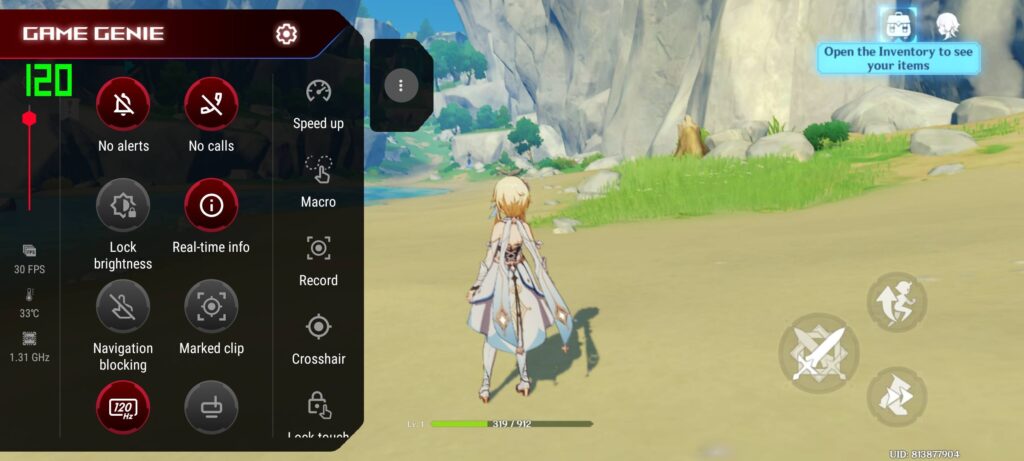
The ASUS Zenfone 8 has a Game Genie that helps to manage game settings somewhat
After a certain point in time of doing intensive tasks like sustained gaming, the Zenfone 8 with High Performance mode on, the chassis got rather hot after an hour plus of gaming. The addition of the casing does mitigate this issue somewhat but I didn’t notice a tangible drop in performance save for the toasty warm feeling gently crisping my fingertips.
Regardless, the phone ran smoothly with the ability to open and swap between a dozen plus browser tabs in Chrome, run videos, games and even edit a 4K video without keeling over or lagging.
One interesting feature with the Zenfone 8 is its power button which has two additional assignable features. By either double pressing or pressing and holding it, you can customise it to open up other apps or Google Assistant.
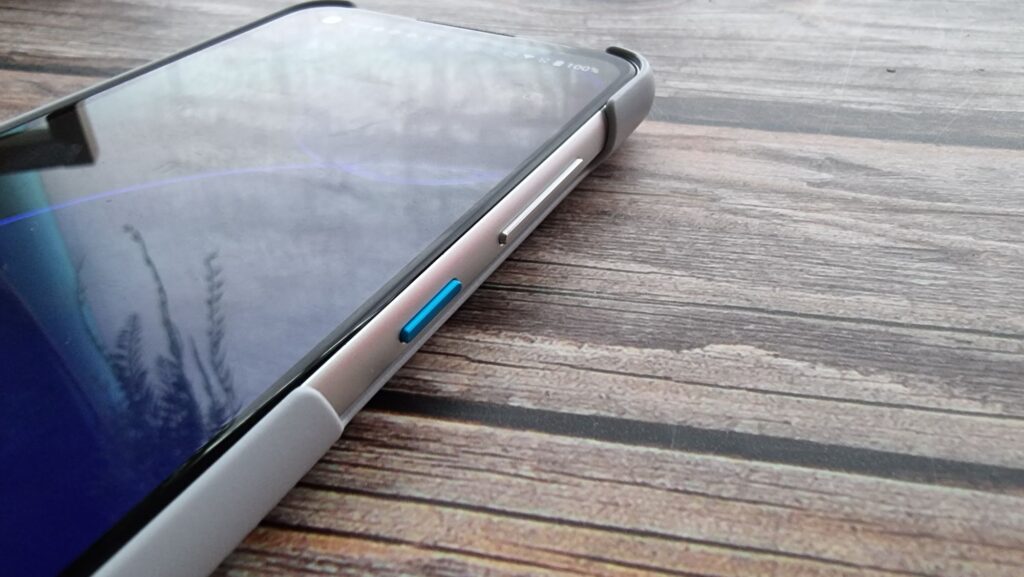
The right side of the ASUS Zenfone 8 features a volume rocker and a power button with assignable shortcuts.
The Zenfone 8 also features a pared down Game Genie game mode as the ROG Phone 5 which lets you disable incoming notifications and calls when gaming and optimise performance somewhat by clearing the memory of other apps. The biggest bonus here is the option of adding virtual crosshairs to games which gives a massive advantage in CODM and PUBG.
ASUS Zenfone 8 Review – Display and Speakers
The 5.9-inch FHD+ AMOLED display on the ASUS Zenfone 8 is of Samsung manufacture, has a 20:9 aspect ratio, offers a 120Hz adaptive refresh rate along with 240Hz touch sampling and 1ms response time with an impressive 112% DCI-P3 colour gamut and an average Delta E < 1.
Colour rendition is excellent with beautifully vibrant hues, which makes movies like Snyder’s recent Army of the Dead look fantastic via Netflix; also due in part to the display’s HDR10+ and Widevine L1 DRM support. Screen clarity under daylight is good as well. In lieu of the standard colour settings, you can also tweak the colour warmth or coolness as required.
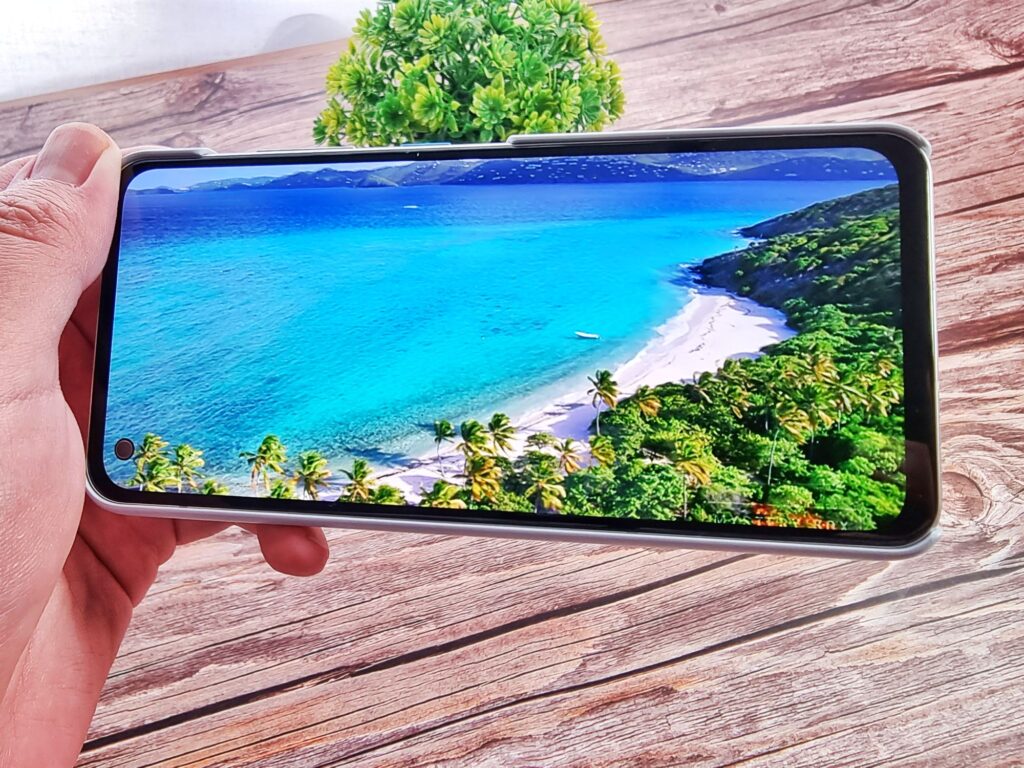
The colours on the ASUS Zenfone 8’s display were vibrant, rich and delightful to the eye.
Getting about and scrolling through menus is an exceptionally smooth experience and the compact size of the display makes it very navigable one-handed..
In terms of refresh rate, the ASUS Zenfone 8 has variable performance that is dependent on the battery settings you set it to. You can’t set it as an independent variable, which is befuddling to say the least.
In High Performance mode, you primarily get 120Hz for the most part for web browsing, gaming, videos and almost everything else on offer at the expense of battery life. In Call of Duty Mobile, the phone managed 120Hz on the display and a consistent 61fps while Genshin Impact also ran at 120Hz with 30fps. In Asphalt 9, the phone also had a 120Hz refresh rate while running at 60fps.
- CODM in Dynamic Mode 60Hz/60fps
- CODM in Performance mode 120Hz/60fps
When dialled down to Dynamic mode, which dynamically adjusts the frame rate down to a more modest 90Hz, you get 90Hz when using the menus and web browsing, 60Hz when watching videos and Netflix. When gaming, we got a 60Hz refresh rate with 60fps on CODM and a 60Hz refresh rate with 30fps on Genshin Impact.
- Genshin Impact with 60Hz/30fps on Dynamic mode
- Genshin Impact with 120Hz/30fps on High Performance mode
The provided stereo speakers on the Zenfone 8 are similar to those fielded on the ROG Phone 5 which speaks volumes as to their capabilities. Each speaker features a Cirrus Logic CS35L45 Mono Amp.
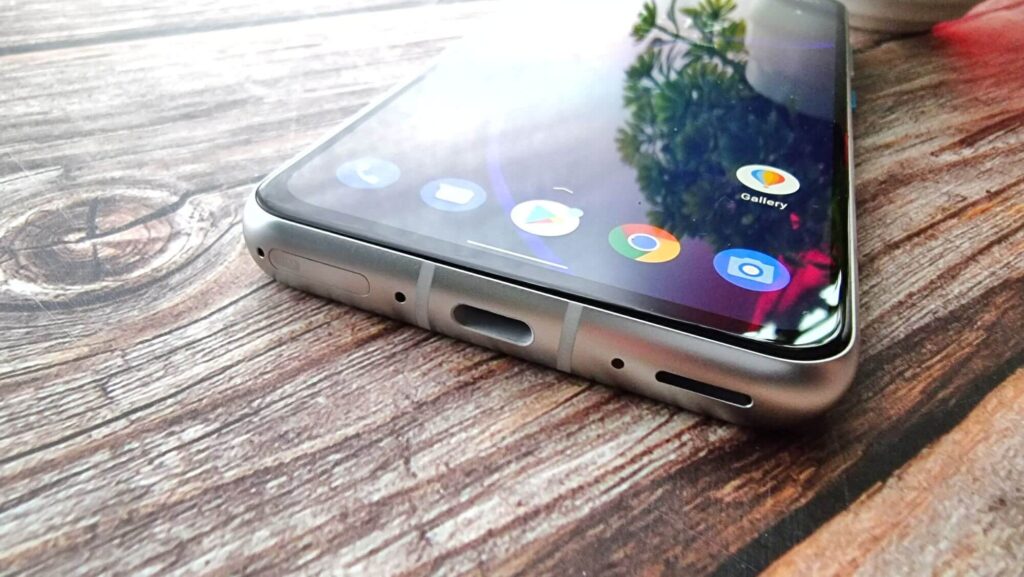
The bottom speaker also features a small speaker box filled with foam balls for extra bass depth. Unlike the vast majority of other flagship phones, the Zenfone 8 still retains a 3.5mm audio jack powered with a Qualcomm Aqstic WCD9385 DAC with Hi-Res audio certification for playback of up to 32-bit 384kHz audio files.
All this translates to some of the best speakers mounted in a phone with excellent audio that you can crank up to maximum without distortion, great sound staging and some pretty good bass and detail. Granted, the small size means that my hands tend to cover the speaker ports when gaming but for movies, it’s otherwise excellent.
ASUS Zenfone 8 Review – Battery
The ASUS Zenfone 8 comes with a 4,000mAh battery that has 30W fast charging support. When subjected to a practical usage scenario that involved either data or WiFi on, the screen set to auto brightness and a 120Hz refresh rate and general usage involving emails, texts, social media, a few phone calls and liberal usage of Netflix and some light gaming, the phone yielded more than enough for all day usage belying the small battery size though you’ll need to charge it at sundown for use the next day.
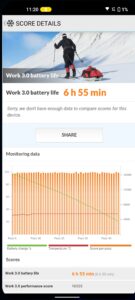
This is on account of the modestly sized 5.9-inch FHD+ AMOLED display and the fairly vigilant background app management. In PCMark 10’s battery life test, it scored 6 hours and 55 minutes of active screen time at 120Hz and high performance settings. You can also tweak a host of additional settings to extend battery charging limits to 90% or 80% and slower 18W or 10W charging for longer battery lifespan.
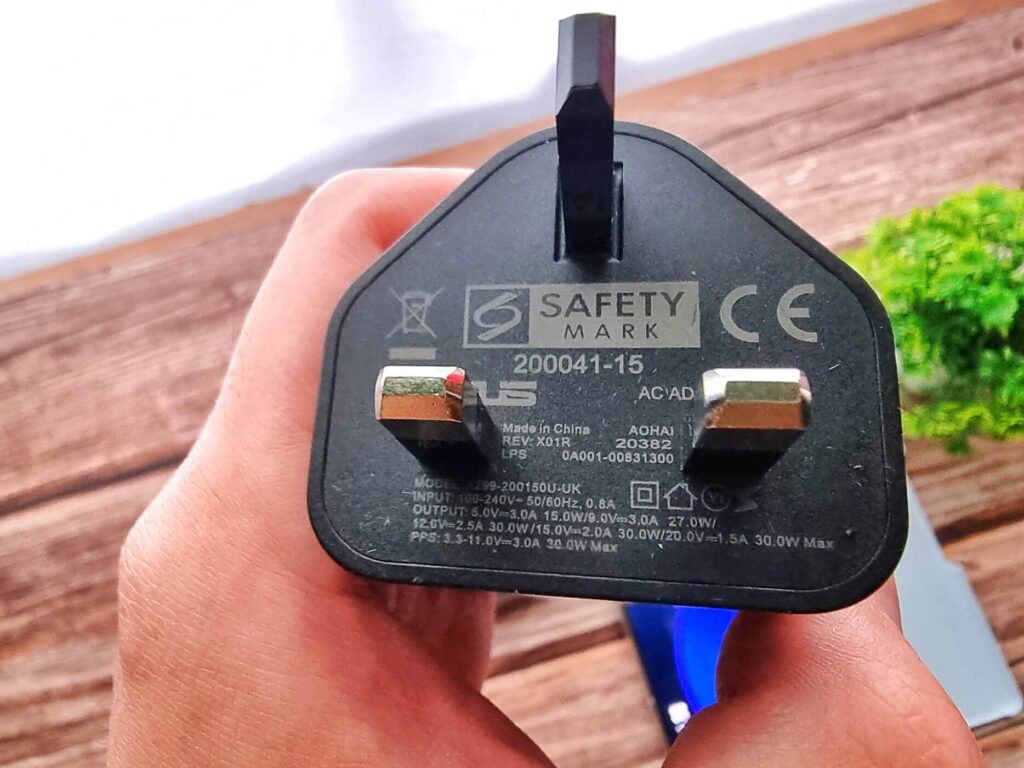
Our ASUS Zenfone 8 review unit had a 30W charger bundled with it
Charging it with the provided 30W charger from dead zero yielded 50% in about 30 minutes and a full charge in about an hour and 25 minutes. This is a bit longer than their quoted 1 hour and 20 minutes for a full charge but is still well within a margin of error.
ASUS Zenfone 8 Review – Cameras
Perhaps the most divisive feature on the ASUS Zenfone 8, the rear camera array only consists of two cameras though both aren’t the cheap 2MP depth and macro filler malarkey festooning cheaper phones and feature premium Sony-issued sensors.
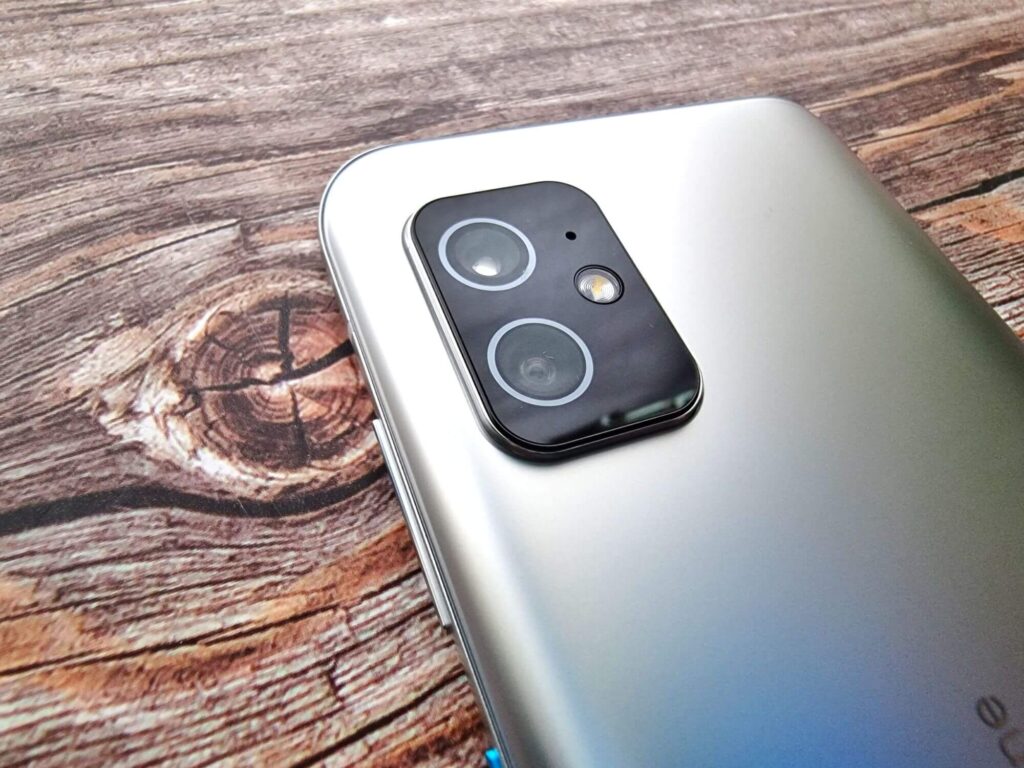
In our ASUS Zenfone 8 Unboxing we discovered the phone had a very modest camera bump for its dual camera array
The main 64MP camera uses a Sony IMX686 sensor with an F/1.8 aperture, a Quad-Bayer RGGB filter along with optical image stabilisation to take up to 8K@24fps video or 16MP pixel binned shots though you can opt for 64MP lossless shots too. On paper, the main 64MP camera is capable of lossless 2x digital zoom.
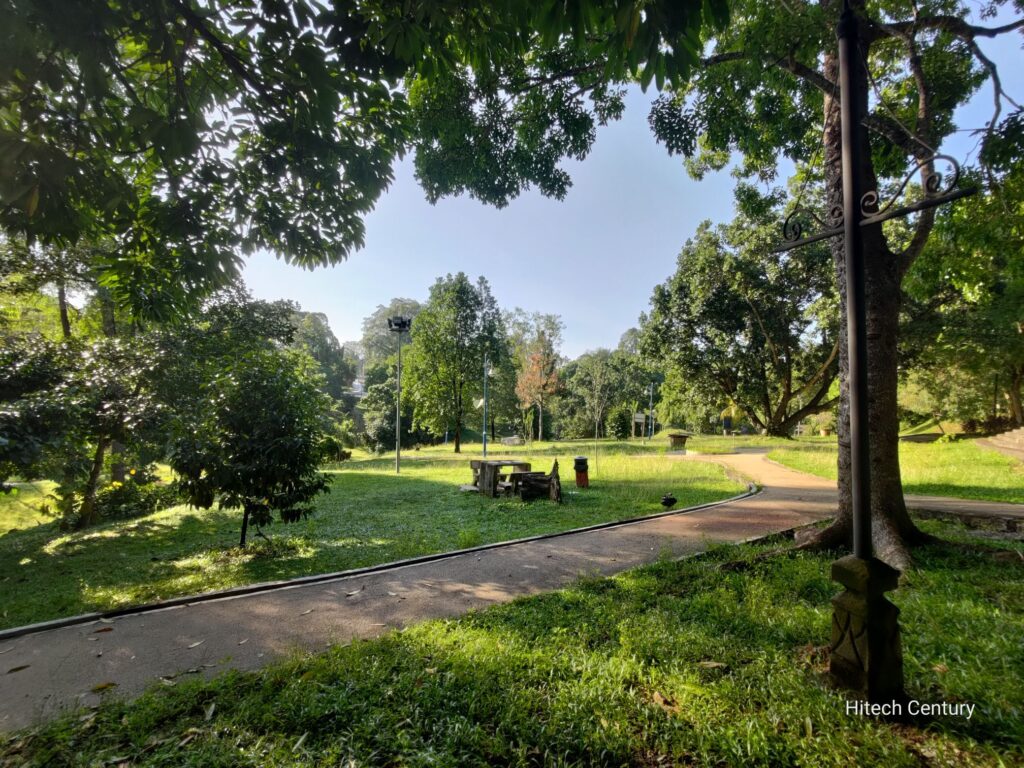
Daytime, Ultrawide angle camera
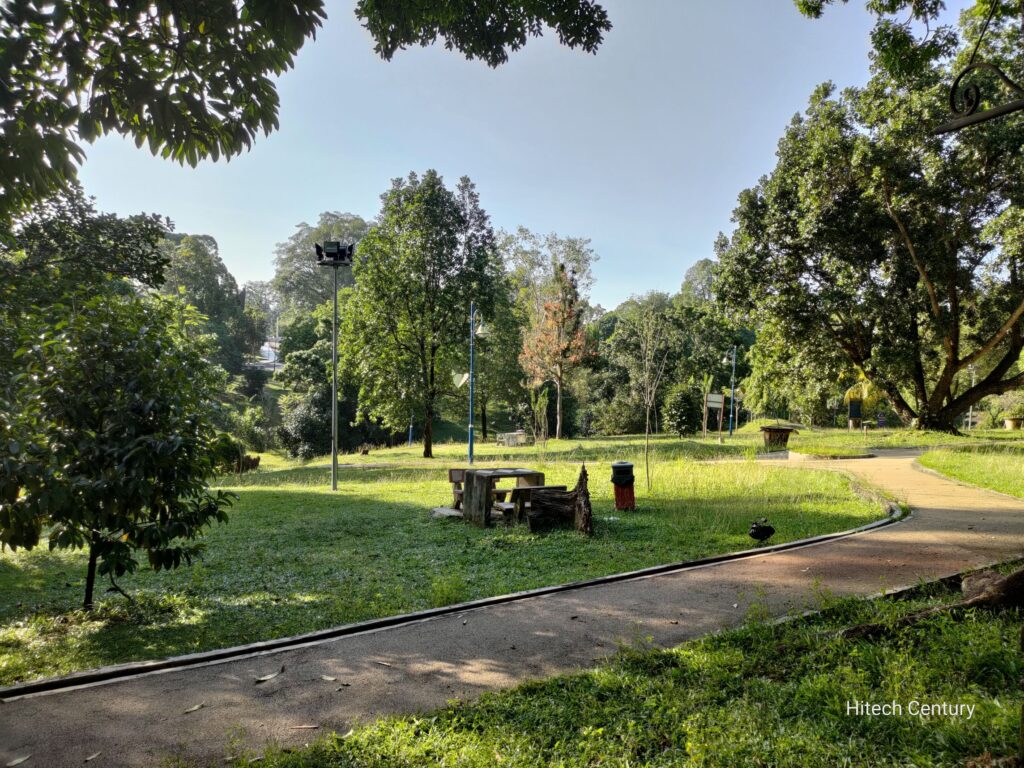
Daytime, primary rear camera
The secondary camera is a 12MP ultra wide camera with a Sony IMX363 sensor that has a 113-degree field of view, electronic image stabilisation and the ability to take 12MP snaps and 4K@60fps video.

The Zenfone 8 primary 64MP rear camera

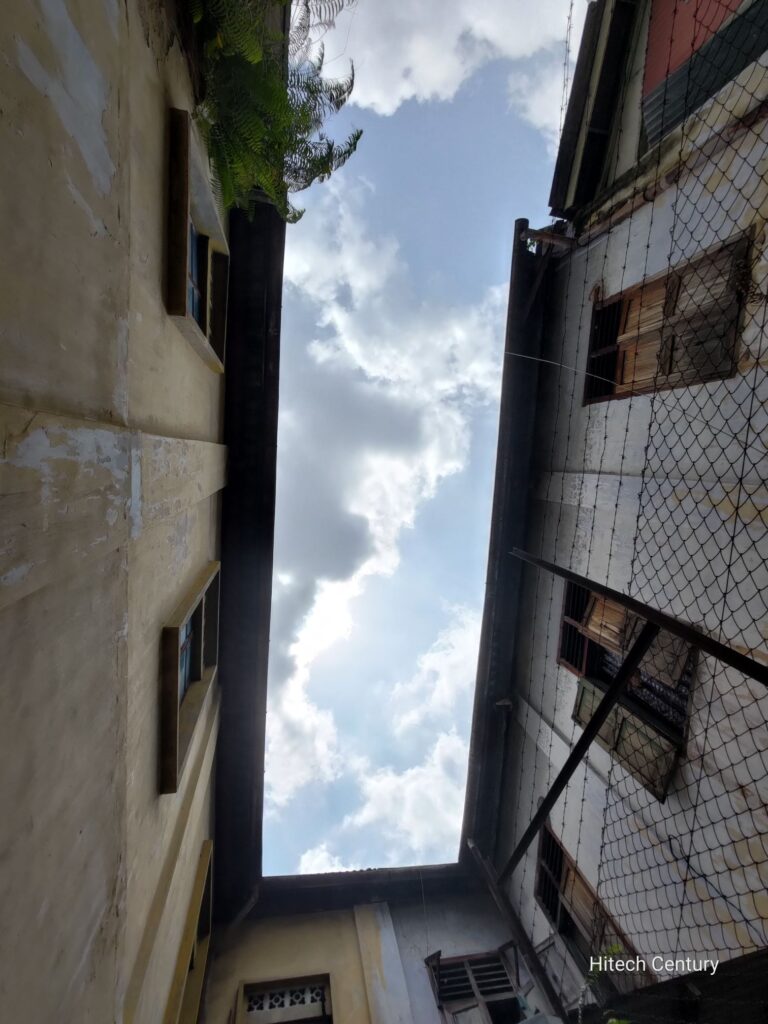
Up front, you get a 12MP selfie camera using a Sony IMX663 sensor with dual phase detection autofocus to get 12MP snaps and up to 4K@30fps video.

Credit NOWIS

Credit NOWIS

Credit NOWIS
The camera UI is surprisingly rich with a host of modes including a Pro Video mode for videos and a Pro photo mode for stills. Both allow for fine control of white balance, exposure, ISO, shutter speed and more.
The primary 64MP camera is able to serve up excellent 16MP stills under daylight conditions with scads of detail and a fairly restrained hand in terms of colour rendition that’s more true to life rather than the more popular vibrant hue that’s typically preferred by other brands.
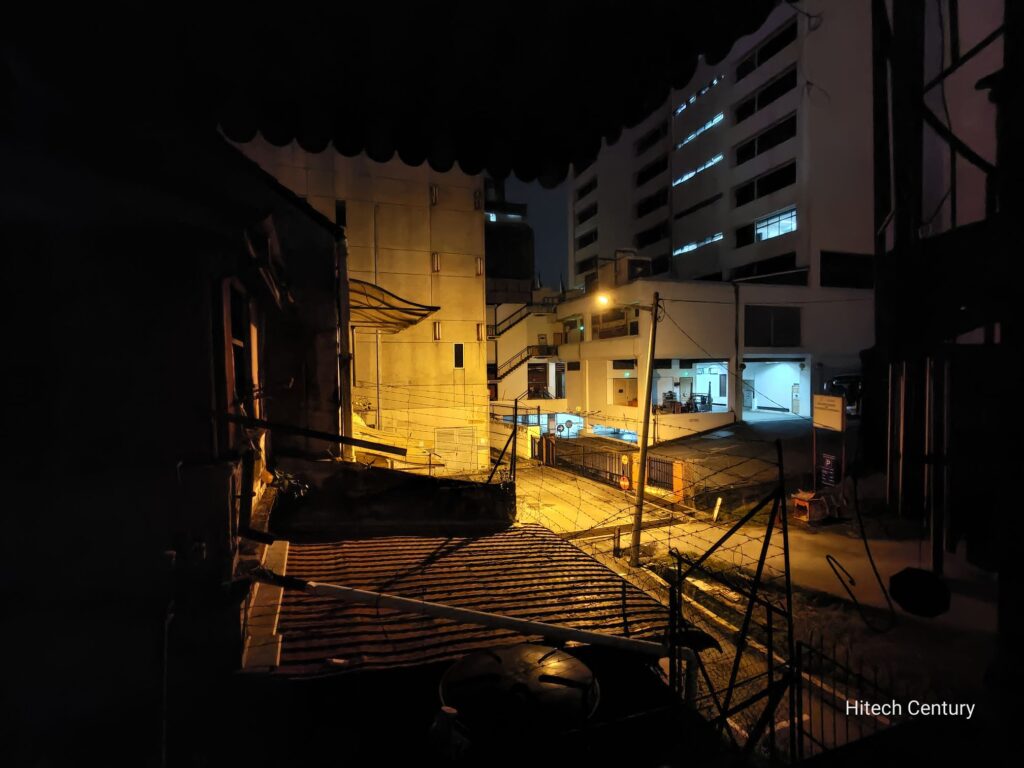
Auto mode ultra wide camera in low light
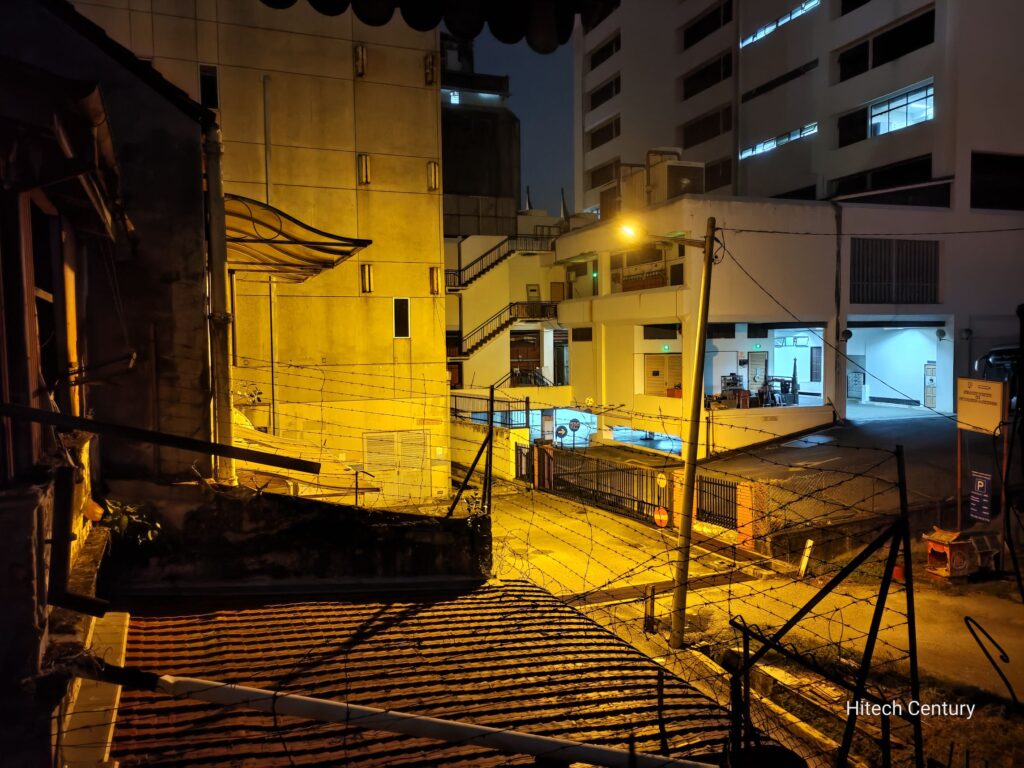
Primary camera in low light
You can even enjoy lossless 2x zoom by cropping the feed from the main sensor but in an era of phones with 108x zoom, it’s a somewhat glaring shortcoming. To be fair, most users typically won’t need that level of zoom for daily use seeing as we aren’t going to concerts or travelling much in the near future. In low light, the rear camera on auto mode is able to serve up some good low light snaps with Night mode helping to eke out a bit more contrast and detail.
The secondary ultra wide angle camera also does a good job tackling shots in daylight though low light shots are a bit on the soft side.

Videos captured in 8K@30fps look great but the huge file sizes and lack of platforms or means to play or edit them means it’s more practical to stick to 4K@60fps resolution which is already darned good on the phone with good shake control on account of the OIS; also because of the fact that 8K video only maxes out with electronic image stabilisation and lacks the aforementioned OIS. The front facing selfie camera is decent with a fairly restrained beauty mode though this isn’t exactly the best in class.
As camera setups go, the Zenfone 8 handles the basics in a very competent fashion though the lack of optical zoom and a middling but still decent selfie camera setup leave it a few notches short of greatness.
Should you buy the ASUS Zenfone 8?
The ASUS Zenfone 8 represents a rare fait accompli when it comes to smartphones. Not only does it fulfil what it sets out to do, it has a feature set and performance that lets it go toe to toe and even exceed its peers.
In a compact form factor ideal for users with small hands, ASUS has crammed in a fantastic 120Hz display, the best processor for 2021 paired with a clean user interface to offer superb performance, excellent stereo speakers, a great set of dual rear cameras, a 3.5mm audio jack and IP68 water resistance.

All at a surprisingly decent price point of RM2,699 for the 8GB RAM/128GB variant and in the case of our ASUS Zenfone 8 review unit, RM3,299 for the 16GB RAM / 256GB version. To put this into perspective, this flagship phone is cheaper than the likes of the OPPO Find X3 Pro (RM4,299) and the Galaxy S21 (RM3,699).

All in all, the ASUS Zenfone 8 is a fantastic, high-performing choice for those seeking a compact flagship phone and highly deserving of an Editor’s Choice.
ASUS Zenfone 8 review unit courtesy of ASUS Malaysia. For more details visit https://www.asus.com/my/
ASUS Zenfone 8
ASUS Zenfone 8
The ASUS Zenfone 8 is a dark horse in the flagship smartphone race for 2021, with flagship-grade specifications in a highly compact, one-handed form factor. This compact smartphone has a slew of top-shelf features – a 3.5mm audio jack, stereo speakers, a 120Hz AMOLED display and a top of the line Snapdragon 888 processor. If you are looking for a high performance, Android phone with a small form factor, the Zenfone 8 is the best option that money can currently buy.
Pros
Has a 3.5mm audio jack
Impressive specifications
Great stereo speakers
Excellent 120Hz refresh display
Good primary camera
Cons
No wireless charging
Obtuse refresh rate settings
No optical zoom camera

